How to Clean Junk Files on Mac
Let’s face it, nobody likes a slow Mac. It’s like trying to sprint with a heavy backpack. Often, it’s because all the junk files that pile up without you even noticing. From old caches to forgotten downloads, these leftovers can clog your system. But here’s the good news: you can remove junk files from Mac and get it running smoothly again. In this article we will walk you through easy and quick ways to tidy up your Mac, making it feel brand new.
Introduction to Junk Files on Mac
When you use a Mac, it saves various types of files to help things run smoothly. Over time, these files can pile up and slow your Mac down. It’s a good idea to clean them out now and then. Let’s look at what these files are and why getting rid of them can help your Mac run better.
- System Cache: These are like temporary notes your Mac makes so it doesn’t have to start from scratch every time you open an app or a file. But just like too many sticky notes can clutter a desk, too much cache can clutter your Mac.
- App Leftovers: Sometimes when you delete an app, it leaves behind bits and pieces that aren’t needed anymore. Think of it like crumbs left over from a cookie – they don’t do any harm, but it’s cleaner without them.
- Temporary Files: These are supposed to be short-term files, but sometimes they don’t get deleted like they should. It’s like when you temporarily store something in a spare room, and then it ends up living there.
- Logs: These files keep a record of what the app does, which can be helpful for fixing problems, but over time they can take up a lot of space without much benefit.
- Language Files: Many apps come with multiple language options, most of which you’ll never use. It’s like having instructions in 10 languages when you only need one.
To clean junk files on Mac, it’s a good move to regularly get rid of these unnecessary files. While you can do this manually, it can take a bit of time. Using a cleaning tool can make the job quicker and more thorough, helping your Mac stay in top shape. More on that in the next part.
8 Ways to Remove Junk Files from Mac
Now that we understand what junk files are and how they affect your Mac, it’s time to roll up our sleeves and start cleaning. Removing these unnecessary files can free up significant disk space and even somewhat speed up your Mac. Here’s a guide on how to deal with this task effortlessly.
Method 1: Clear Cache Files
Think about cache files like shortcuts for your Mac to access and load data faster. However, over time they can clutter and slow down your system. Here’s how to clean them up:
- Go to the ‘Go’ Menu: Found at the top of your screen when finder is open, this menu helps navigate different parts of your Mac.
- Hold Down ‘Option’ and Select ‘Library’: The Option key reveals hidden menu items, including the Library where cache files live.
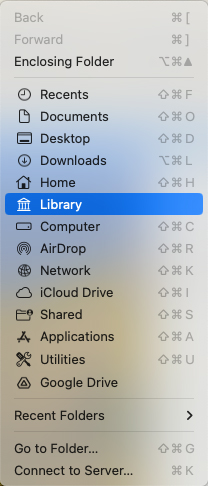
- Open the ‘Caches’ Folder: Here’s where your Mac stores all the cache files.
- Review and Delete: Take a careful look and delete the cache files you don’t need. Remember, when in doubt, it’s better to leave it than delete something crucial.
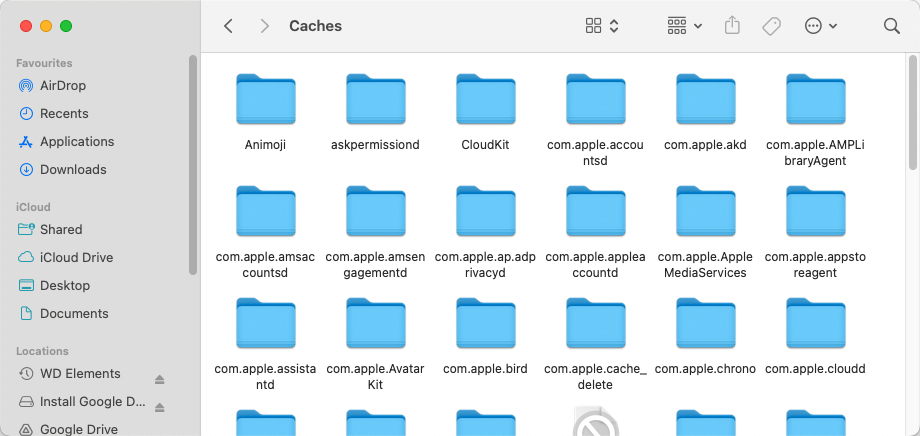
By clearing these cache files, your Mac can get rid of outdated shortcuts and free up space, potentially speeding up your system.
Method 2: Remove Unused Language Packs
Apps on your Mac and even macOS itself come with language packs for different users worldwide. Chances are, you’re using just one or two languages and can free up space by removing the rest.
- Find a Language Removal Tool: Apps like Monolingual can help you easily remove languages you don’t need.
- Download and Open the Tool: Follow the instructions on the tool’s website to download and open it.
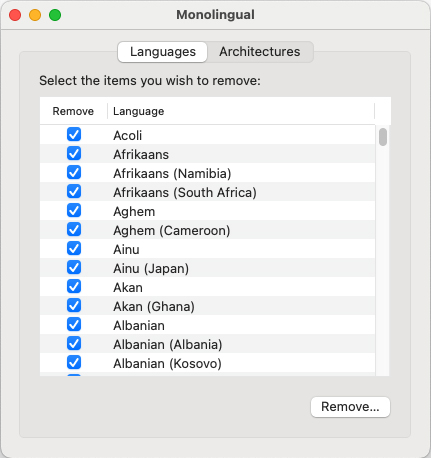
- Select Languages to Keep: Be sure to keep your primary language and any others you might need. The tool will list all the languages installed on your Mac.
- Start the Removal Process: With your selections made, initiate the cleanup. The tool will then remove the unchecked language packs from your apps.
Removing these unnecessary language packs can significantly lighten your Mac’s load, especially if you have many apps installed.
Method 3: Empty the Trash
Files aren’t completely removed from your Mac until you empty the Trash. It can be easy to forget, but regularly doing so can free up valuable space.
- Click on the Trash Icon: Find it in your Dock, usually at the bottom of your screen. It’s where your deleted files go.
- Review the Contents: Take a quick look to make sure you haven’t accidentally trashed anything important.
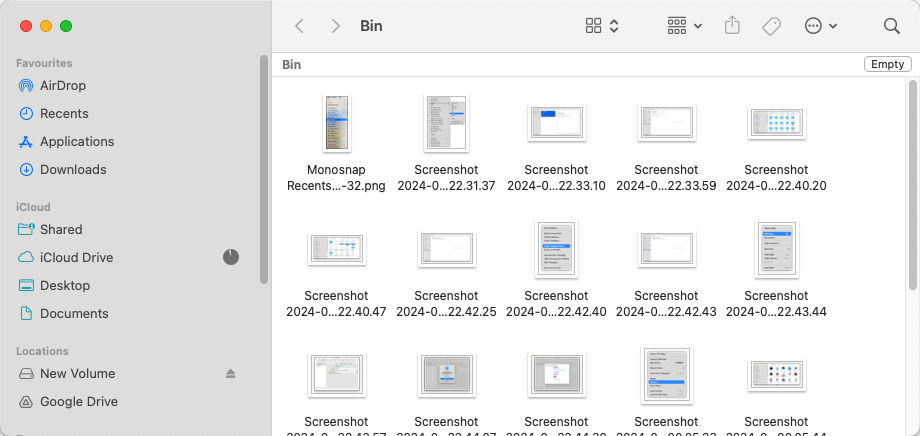
- Empty the Trash: Right-click or Ctrl-click on the Trash icon and select ‘Empty Trash.’ You can also open the Trash and click the ‘Empty’ button you’ll find in the top right corner of the window.
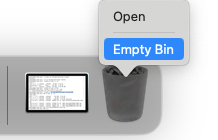
This simple action can make a surprising difference in the amount of free space on your Mac, especially if it’s been a while since the last cleanup.
Method 4: Clean the Downloads Folder
The Downloads folder is a common place for files to accumulate, often forgotten after they’ve served their purpose. Regularly tidying up this folder can help keep your Mac clean and running smoothly.
- Navigate to the Downloads Folder: You can find this in the sidebar of the Finder window, under ‘Favorites’.
- Sort and Review Files: Use the ‘List View’ and sort by ‘Date Added’ to see the most recent files at the top. Look through the files to determine what you still need.
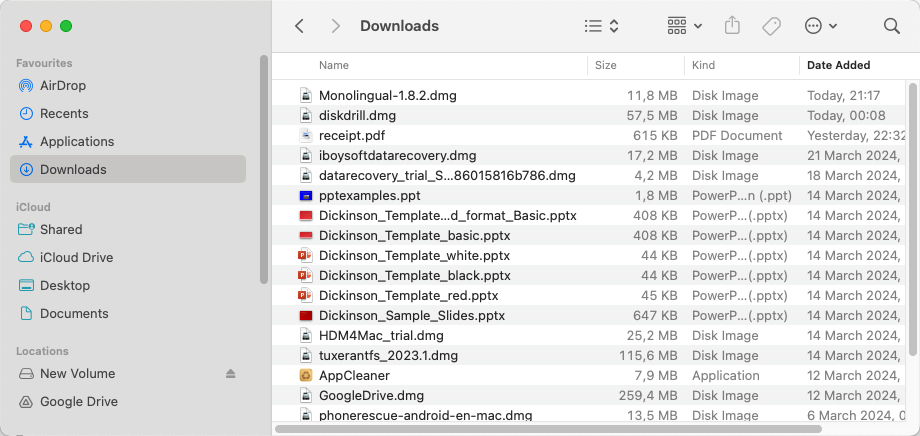
- Delete Unneeded Files: Select files you no longer need and right-click to choose ‘Move to Bin’ or simply press the ‘Delete’ key.
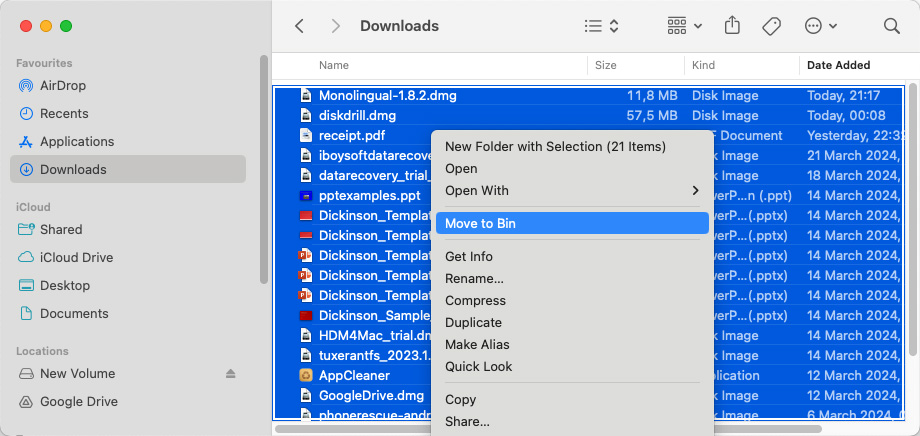
- Empty the Trash: Remember, files aren’t fully deleted until you empty the Trash.
Cleaning out your Downloads folder not only frees up space but also makes it easier to find important files when you need them.
Method 5: Deleting Log Files
Log files record app activities and system events, which can be helpful for troubleshooting but may eventually take up unnecessary space. Here’s how to clean them:
- Access the ‘Go’ Menu: Found at the top of your screen when finder is open, this menu helps you navigate to different system locations.
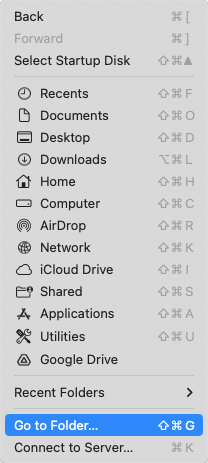
- Go to Folder: Choose ‘Go to Folder’ from the ‘Go’ menu and type in
~/Library/Logsto access user logs, or/var/logto view system logs.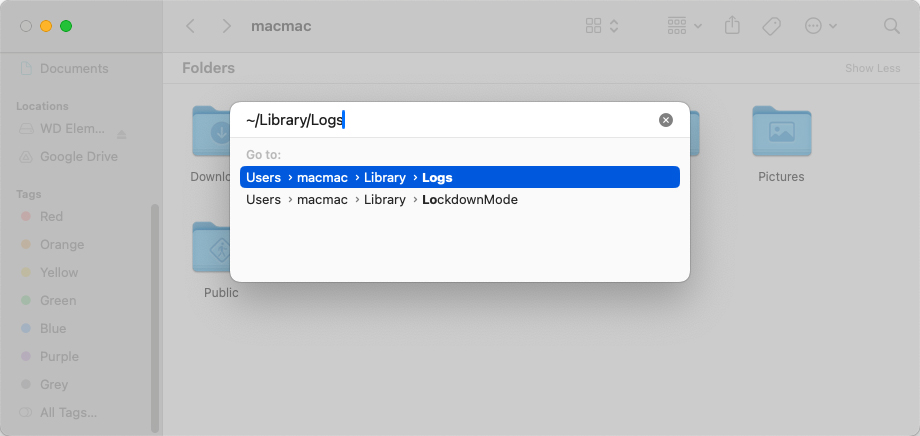
- Review Log Files: Take a moment to look through the log files. If you’re unsure about what a log file is for, it’s best to leave it alone or do a quick online search.
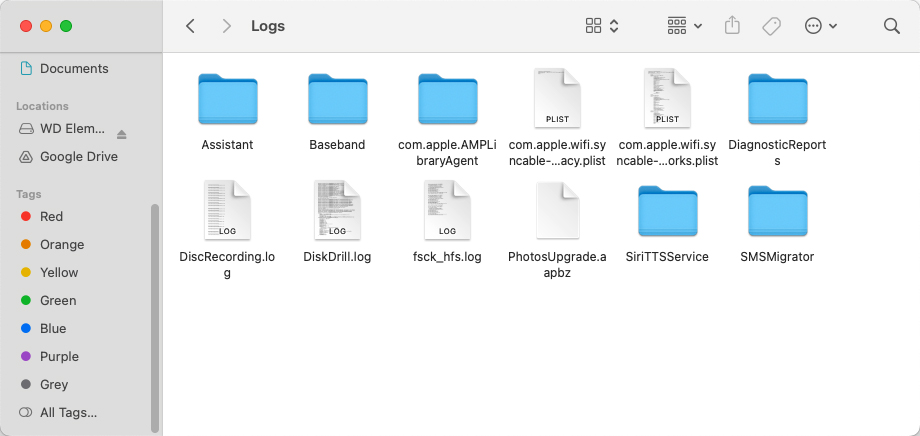
- Delete Unnecessary Logs: For logs you recognize and no longer need, move them to the Trash. Be cautious and ensure you’re not deleting anything vital to your system or applications.
- Empty the Trash: As with any file deletion on a Mac, the process isn’t complete until you empty the Trash.
Regularly clearing out old or unnecessary log files can help maintain your Mac’s performance and free up some space.
Method 6: Deal with Unused Apps and Files
Apps and files you no longer use can take up a surprising amount of space. Here’s how to identify and remove them:
- Visit the Applications Folder: You’ll find this in the sidebar of Finder, where all your installed apps are listed.
- Sort Apps by Size: In the Finder window, choose ‘List View’ and click on the ‘Size’ column to sort your apps by size. This helps you identify the largest apps you might not need anymore.
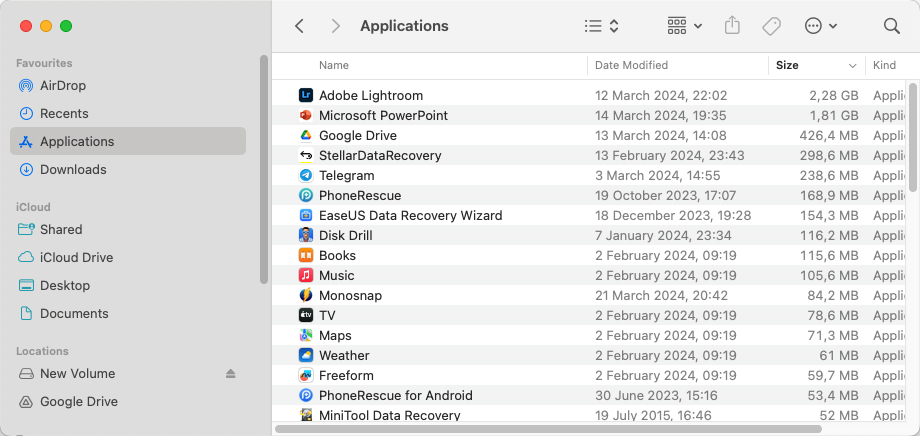
- Review and Decide: Look through the apps, especially the larger ones, and decide which ones you haven’t used in a long time.
- Drag to Trash: For apps you choose to remove, simply drag them from the Applications folder to the Trash. Or right click and select ‘Move to Bin.’ For a more thorough cleanup, consider looking for related files in the
~/Library/folder.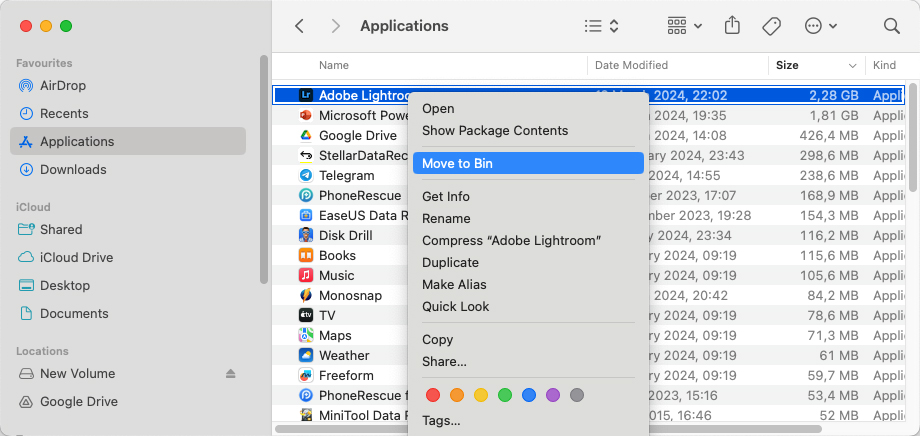
- Check for Associated Files: Some apps store files in other locations like
~/Library/Application Support/or~/Library/Preferences/. You might want to remove these as well but be careful not to delete files needed by other apps.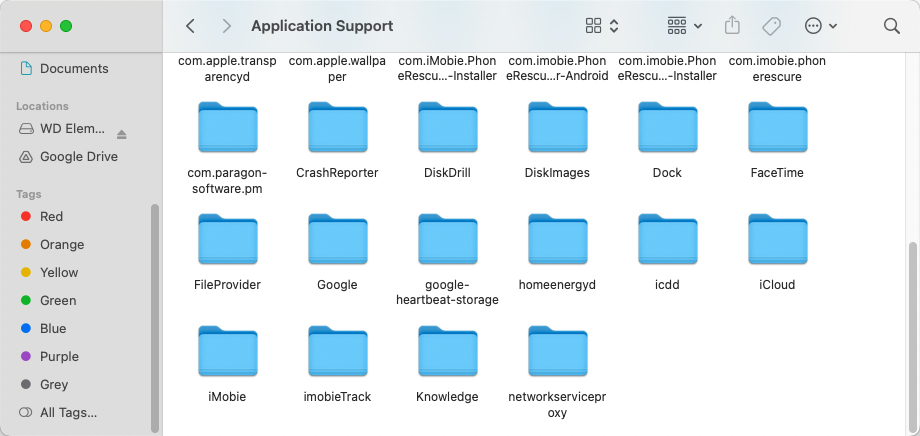
- Empty the Trash: Finalize the cleanup by emptying the Trash, making sure the unwanted apps and files are completely removed from your Mac.
Getting rid of apps and files you don’t use can significantly clean junk files on Mac and improve your system’s overall performance.
Method 7: Delete Large and Old Files
Over time, large and old files can accumulate on your Mac, taking up storeage space. So don’t forget to delete them too:
- Use Finder’s Search: Open a new Finder window and use the search bar at the top right: start typing any symbol.
- Search by File Size: This will reveal the “+” button below the search bar. Choose File Size > is greater than > and enter file size you wish to search.
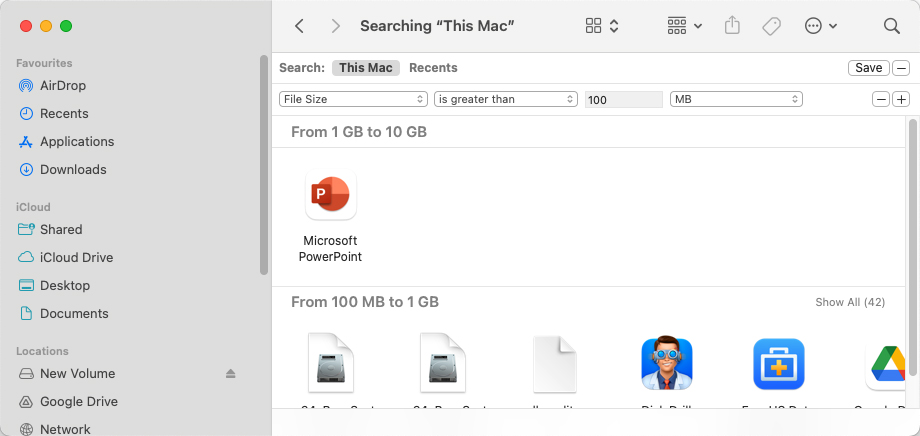
- Review Files: Go through the list and identify files that you no longer need. These could be old movies, large downloads, or outdated backups.
- Decide What to Do: For each file, decide whether to delete it, move it to an external drive, or archive it. Moving or archiving can be a good option for files you don’t often use but aren’t ready to delete.
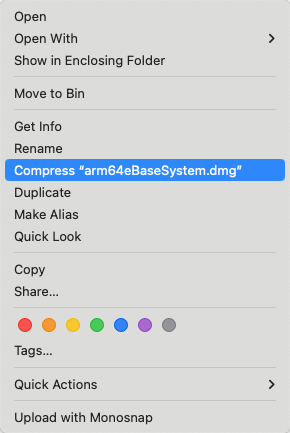
- Delete or Move: For files you choose to delete, move them to the Trash. For those you want to keep but store elsewhere, drag them to an external drive or upload them to cloud storage.
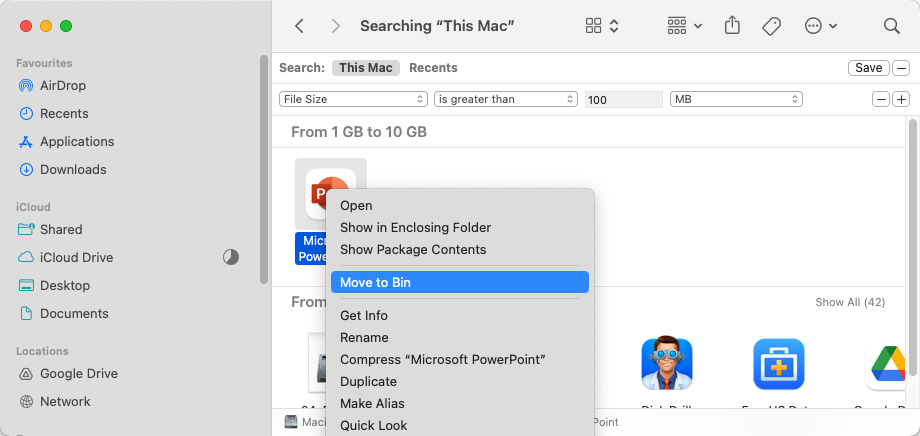
- Empty the Trash: Remember, files aren’t fully removed from your Mac until the Trash is emptied. Make sure to do this as the final step.
Clearing out these space hogs will clean part of junk files from mac and keep it running smooth.
Method 8: Use Third-Party Tools for Junk Removal
Why spend hours sorting through files when there are apps that can tidy up your Mac in no time? Check out these handy tools:
- CleanMyMac: A favorite among Mac users, CleanMyMac stands out for its thorough cleaning process and user-friendly interface. It digs deep into your system to remove junk files from Mac, including system junk, photo caches, outdated mail attachments, and more. What sets it apart is its Safety Database, which ensures important files and applications aren’t mistakenly deleted during the cleanup.
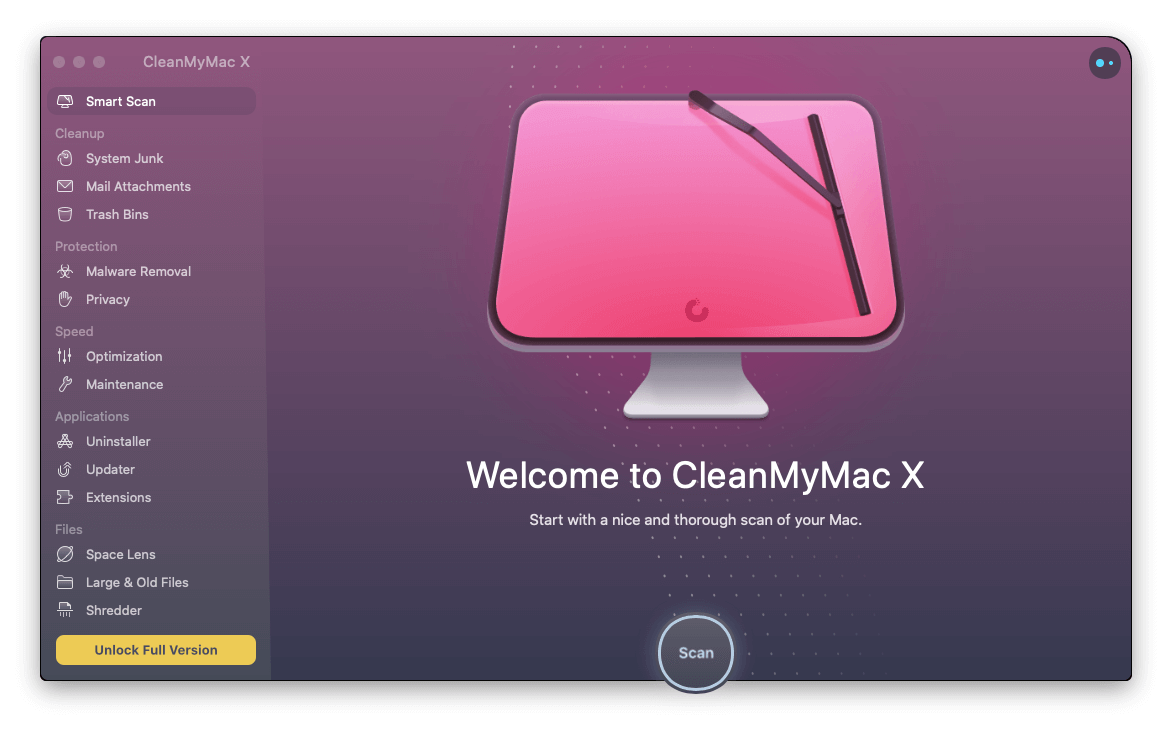
- CCleaner for Mac: CCleaner has long been trusted by PC users and brings its effective cleaning process to Mac users. It’s particularly good for those who want a quick, uncomplicated cleanup. With just a few clicks, CCleaner scans for and allows you to delete unnecessary files on Mac, helping to reclaim your system’s performance with minimal fuss.
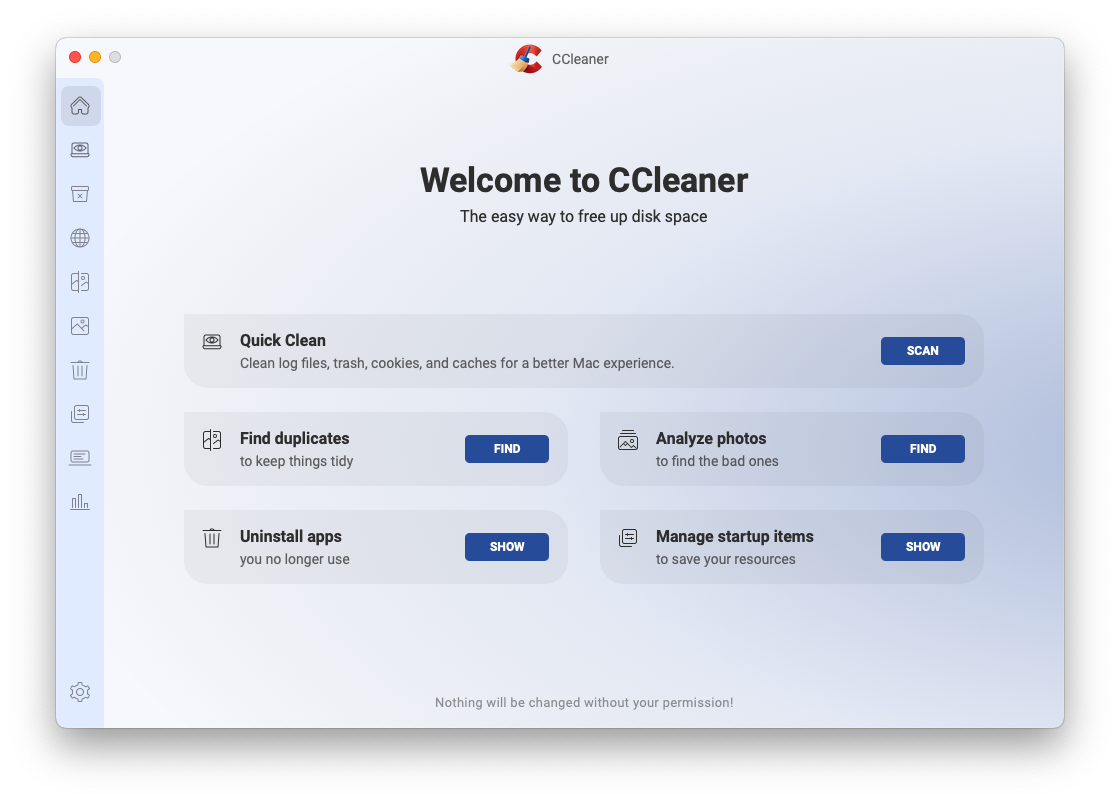
- DaisyDisk: For those who prefer a more visual approach to disk cleanup, DaisyDisk offers a beautifully designed interface that maps out your disk space usage in an interactive, color-coded graph. This makes it easy to spot which files or folders are using up the most space, allowing you to clean junk files Mac in a more targeted manner. DaisyDisk combines utility with aesthetics, making disk cleanup a surprisingly pleasant experience.
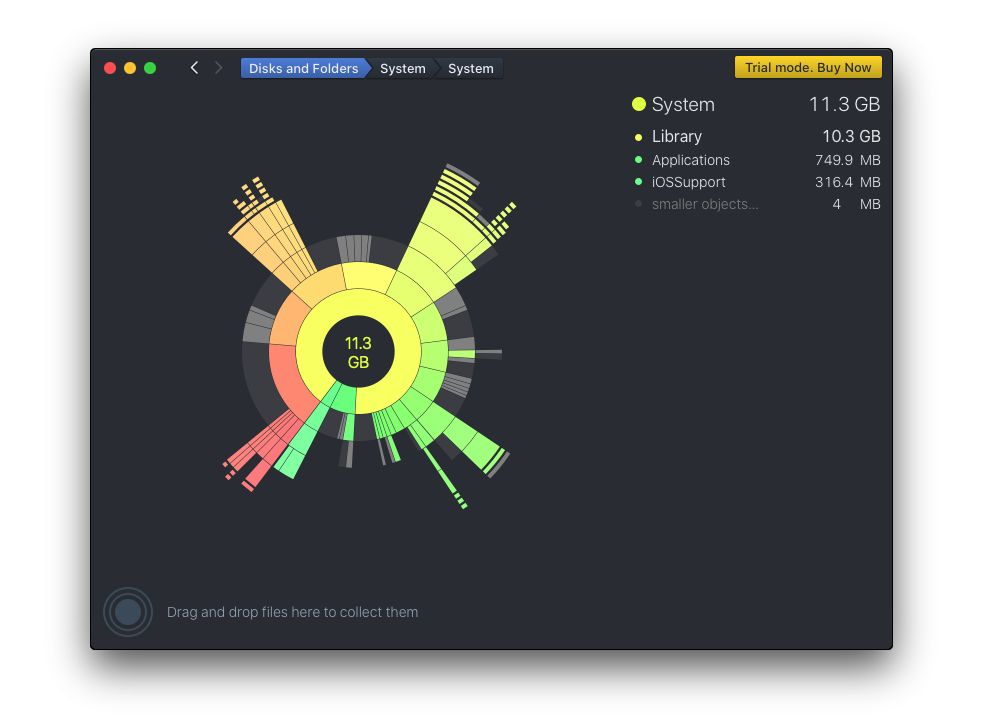
- OnyX: OnyX is a bit of a Swiss Army knife for macOS, providing a wide array of maintenance tools and tweaks alongside its cleaning features. It’s perfect for power users who want to go beyond simple junk removal and dive into system maintenance, application management, and customization. While OnyX offers extensive features to clean system junk Mac, its depth and breadth of options make it better suited for those who are more technically inclined.
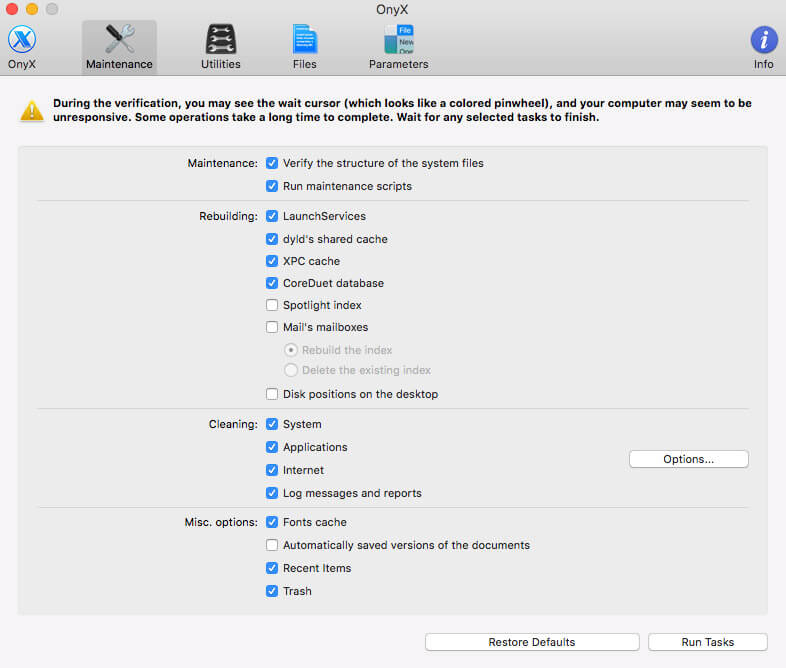
Pick one that sounds like your cup of tea and give your Mac a good cleanup. It’ll thank you by running smoother.
Commit to Regular Cleanup in The Future
Keeping your Mac clean isn’t a one-time job – so stick to a good routine. Just like your home feels nicer when it’s clean, your Mac runs better when it’s free from junk. Here’s how to keep on top of it:
- Set Reminders: Life gets busy, and it’s easy to forget about cleaning up your Mac. Set a monthly reminder on your calendar or to-do list to clean junk files on Mac.
- Use Built-in Tools: Your Mac comes with some handy tools to help you monitor what’s taking up space. Check out ‘About This Mac’ > ‘Storage’ to see a quick overview. For a more detailed breakdown, you can use the ‘Manage’ button to find recommendations on saving space, like optimizing storage or reviewing large files.
- Regular Check-ups: Every now and then, take a few minutes to look through your Downloads folder and Desktop. These spots tend to collect files you might not need anymore. Think of it as doing a quick sweep of your floors.
- Empty the Trash: Don’t let your Trash pile up. Make it a habit to empty it after every cleaning session.
By keeping up with these simple steps, you can remove junk from Mac effectively and ensure it keeps running smoothly. Think of it as regular check-ups for your Mac’s health.
Conclusion
Cleaning up your Mac doesn’t have to be a chore. With the right tools and a bit of time, you can clear out those unwanted files and keep your system running like a well-oiled machine. But remember: one-time cleanup is temporary measure, so setting up a regular routine is key to maintaining that new-Mac feel. So, take a moment to start your Mac’s cleanup today, and enjoy the feel of free storage that comes with a clutter-free computer.




















